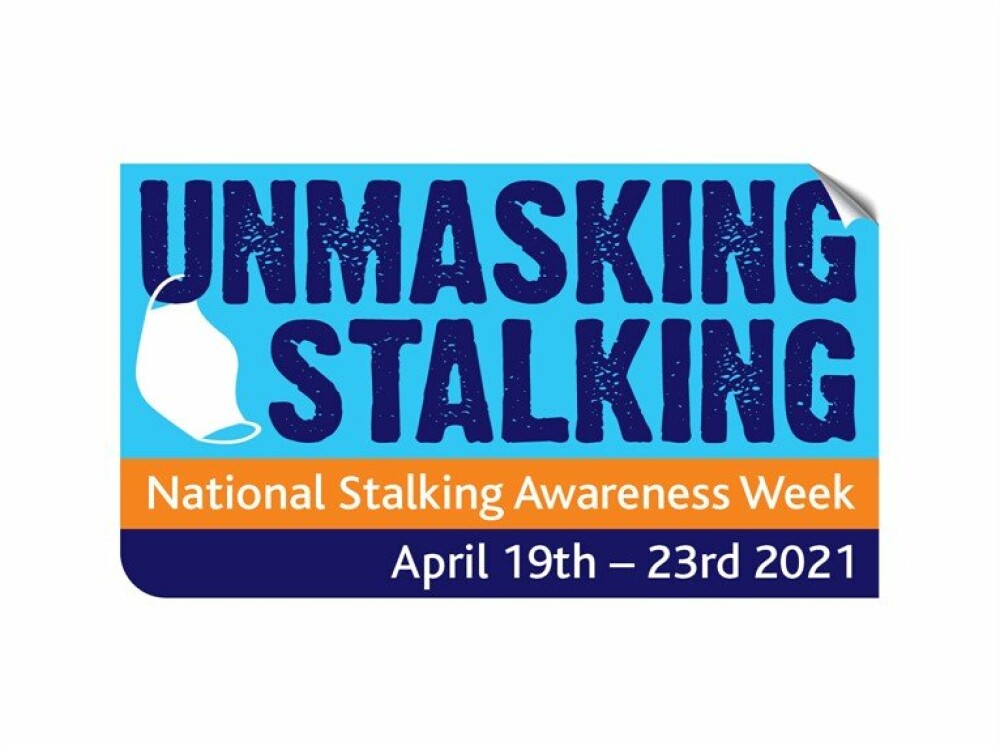Understand your online security
- Ensure you have strong passwords (and change them regularly) as well as two-factor authentication.
- Check your privacy settings on social media and only allow access to trusted contacts.
- Be careful about who you accept new friend/connection requests from as the stalker could be using a fake profile.
Never engage with the stalker (even if this feels safe to do so)
- The aim of the stalker is often to talk with you and build a relationship. Do not respond to their communications, never agree to meet and do not confront them about the stalking.
- Always contact the National Stalking Helpline for advice (see below).
Document everything
- Keep a copy of all instances of online stalking - either take a screenshot or print the pages. Try to capture the messages as well as the profile pages (including the user-name) the abuse is coming from. This will be useful evidence in investigation. Suzy Lamplugh Trust’s log tool may also be helpful in collecting evidence.
- If you suspect that an account or device has been hacked or there is malicious software, get specialist help to safely capture the evidence before removing it (contact the Cyber Helpline or the National Stalking Helpline).
Expert help
- Get expert help from a specialist stalking charity, such as the National Stalking Helpline, to assist you with advice, support, and robust risk and safety management.
- The Cyber Helpline can also help you with expert advice on cyber security and can assist with assessing the IT capability of the stalker.
Report it to the police
- Report stalking behaviours to the police as soon as they start, you can do this directly using 101. If you feel there is any immediate threat to your personal safety dial 999.
Secure your devices
- Check the privacy settings on all the devices you own.
- Use a good anti-virus tool, run a malware scan and do software updates on your devices as soon as possible.
- Check devices for unknown apps that may have been installed to share data.
Turn off location tagging when you post anything or check in on social media
- Many social media platforms use GPS tracking to tag your location to posts and photos. Go into settings and turn this off.
- Check apps like ‘Find my’ to ensure you are not sharing your location publicly with people you don’t know.
Alert those around you so people are aware you are being cyberstalked
- Confide in friends and family for support and encourage them to look at their own online security.
- Ask them to be careful about what they share about you and to not engage with the stalker in any way - it is likely that they will try to contact those close to you.
Navigate through the Cyber Helpline’s Cyber Stalking Action Plan
- The Cyber Helpline Cyberstalking Action Plan is a methodology to regain your online privacy, security and confidence.
Decrease your online footprint
- Review what personal information exists about you online and remove any unwanted information.
- Google yourself and see if you can find your address, phone number or places where you regularly spend time. When you find it contact the website owner and ask them to remove the content.
- Remove yourself from the public listing of the electoral register and ensure your phone number is ex-directory.
https://www.suzylamplugh.org/Handlers/Download.ashx?IDMF=fcfb781a-f614-48c8-adcf-4cfa830c16a7
https://www.suzylamplugh.org/unmasking-stalking-a-changing-landscape-report?fbclid=IwAR0l3ifA-0BqRh8DAx_nX5kYUfiWf2saJ1UQwJFCNEqV608oJrZREquV1rQ
